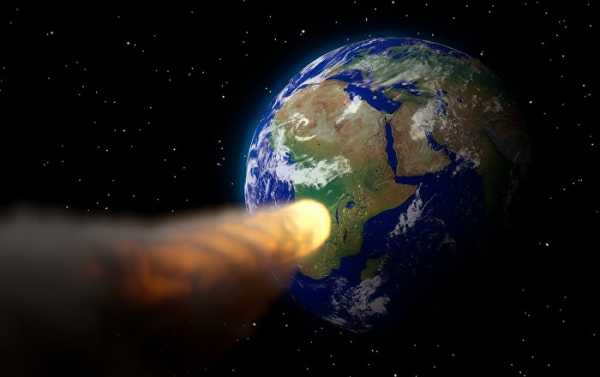
Over the past 290 million years, the number of asteroids colliding with Earth and the Moon has increased, and the collisions occur two to three times more often than in the previous 700 million years.
This conclusion was made by an international group of scientists tasked with counting the age of large craters on the surface of the Moon. Experts have suggested that the reason for such activity is the collision of celestial bodies, which occurred more than 290 million years ago in the asteroid belt between the orbits of Mars and Jupiter. According to astrophysicists, the fall of asteroids to Earth, most likely, played a major role in the extinction of ancient animal species.
However, scientists rarely manage to find craters on the surface of the Earth which are more than 290 million years old. It was believed that the more ancient craters simply disappeared due to geological processes.
To understand the history of Earth craters, the scientists decided to explore our lunar ‘neighbour’. The fact is that asteroids visited our planet and its satellite at about the same time. But the most important thing is that there are a lot of craters on the Moon, since it is not subject to numerous geological changes.
During the study, experts studied the surface of the Moon in detail, using information obtained by the interplanetary station NASA Lunar Reconnaissance Orbiter (LRO). This allowed them to determine the age of all large lunar craters for the first time. The oldest formations are about 1 billion years old, but there are relatively few of them on the moon. The age of most craters does not exceed 290 million years. Scientists have concluded that 290 million years ago, the number of asteroids visiting the moon grew.
But there is no need for panic. Asteroids still crash into the Earth, on average, every several million years.
Sourse: sputniknews.com






